Rainbow Warrior Auckland Open Days 2025
During July, the Greenpeace flagship Rainbow Warrior was back in Aotearoa – 40 years after French Government agents bombed the original ship in Auckland.
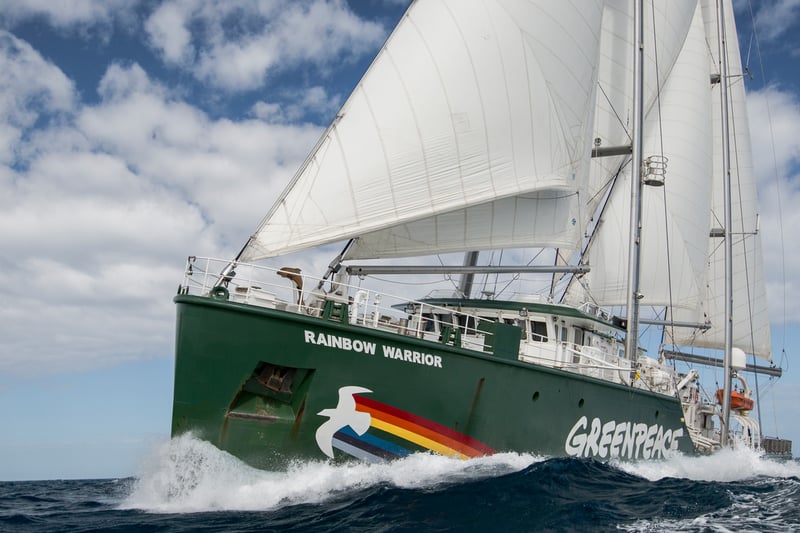
Auckland Open Days
Thank you for joining us and being a part of the next chapter in the story of a ship that became a legend.
Unfortunately, our Open Days are now over! Thank you so much to everyone who came down to support the Rainbow Warrior.
If you weren’t able to join us, you can still get involved!
A moment in history
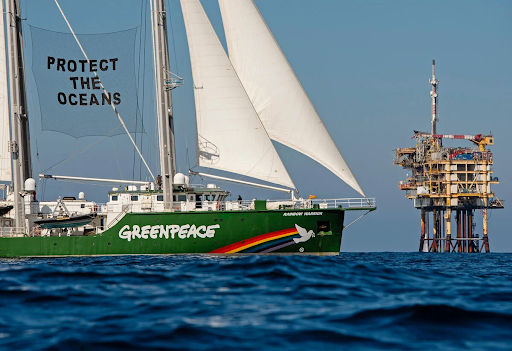
The Rainbow Warrior’s return to Aotearoa came at a pivotal moment—when the fight to protect our planet’s fragile life-support systems has never been as urgent, or more critical.
Here in Aotearoa, the Luxon Government is waging an all-out war on nature, and on a planetary scale, climate change, ecosystem collapse, and accelerating species extinction pose an existential threat.
Greenpeace is on the front line of that fight globally and here in the South Pacific.
In 1985, French Government agents used two bombs to sink the Rainbow Warrior in Auckland Harbour. It came at the height of the Greenpeace campaign to stop French nuclear testing in the Pacific and was designed to intimidate and silence Greenpeace and the wider movement because we were being so effective.
The ship was destroyed and a crewmember killed but the plan backfired. Greenpeace only grew stronger. We showed that you can’t sink a rainbow, and you can’t silence a movement.
Now, 40 years on, it is the oil industry trying to silence us. Not with bombs but with overwhelming legal attacks. They too are trying to intimidate us because we are a threat to them and big polluters everywhere. But just like 40 years ago, we will not be silenced. We will not be intimidated and we will not back down.

40 years since the bombing
10 July 2025 marked the 40th anniversary since the bombing of the original Rainbow Warrior.
The Rainbow Warrior was, and still is, a symbol of resistance in action. The bombing was intended to silence and stop the campaign to end French nuclear testing in the Pacific. But it failed, because you can’t silence a movement.
Forty years on, its spirit lives on in everyone who believes in standing up for the planet and each other. Watch the videos below to learn more about the legacy it has created in Aotearoa.
-
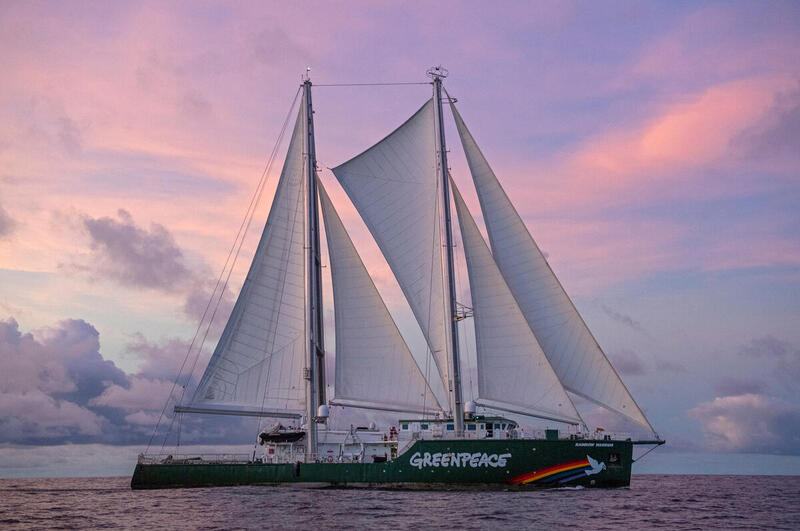
Greenpeace flagship Rainbow Warrior returns for 40th anniversary of French bombing in Auckland on 10 July
The iconic Greenpeace flagship Rainbow Warrior will return to Aotearoa this year to mark the 40th anniversary of the bombing of the original Rainbow Warrior at Marsden Wharf in Auckland…
-
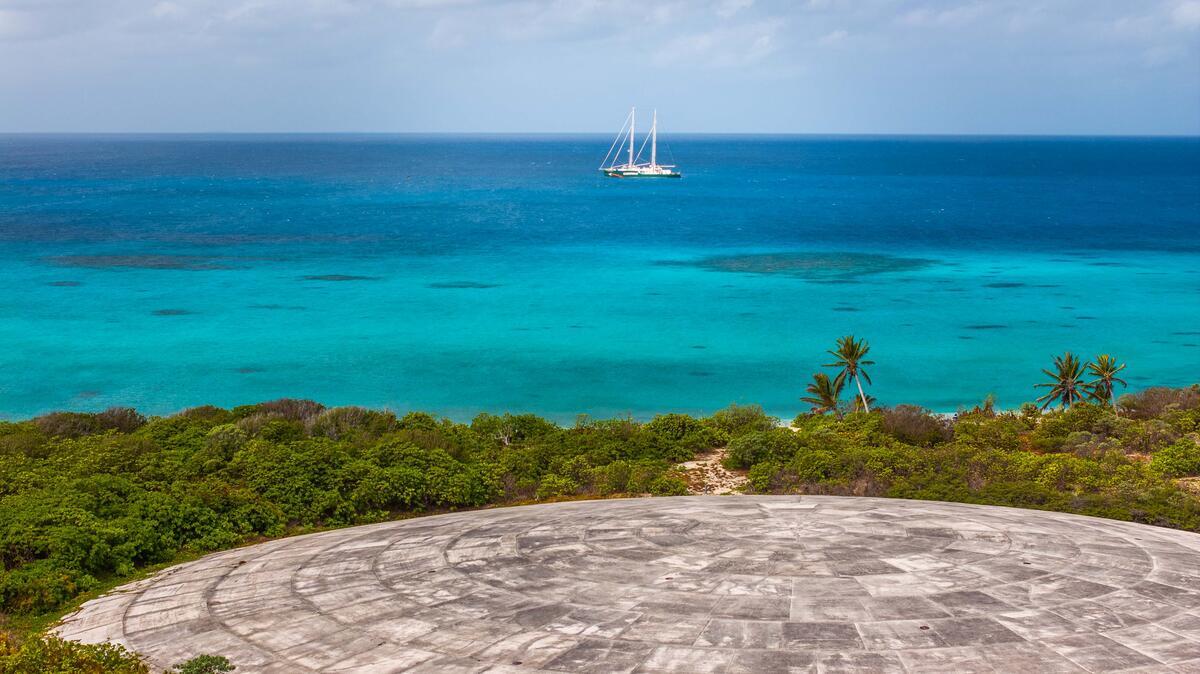
Tracing radiation through the Marshall Islands: Reflections from a veteran Greenpeace nuclear campaigner
We’ve visited ground zero. Not once, but three times. But for generations, before these locations were designated as such, they were the ancestral home to the people of the Marshall…
-
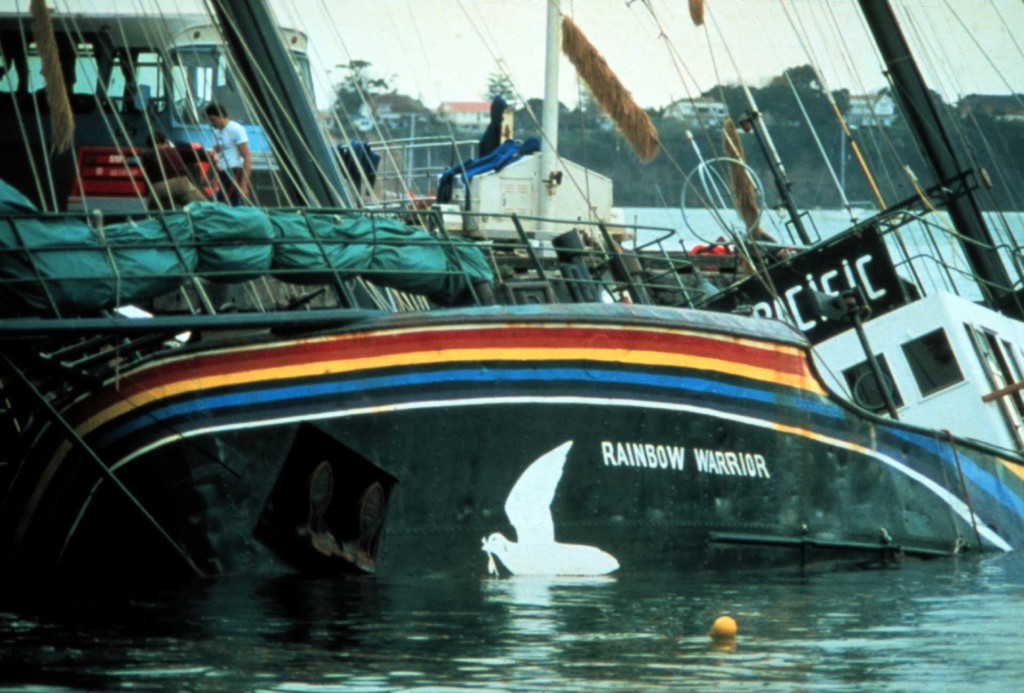
Murder in the Pacific: the bombing of the Rainbow Warrior and what happened next
A new BBC documentary ‘Murder in the Pacific’ recounts the 1985 bombing of Greenpeace’s ship, the Rainbow Warrior.
-
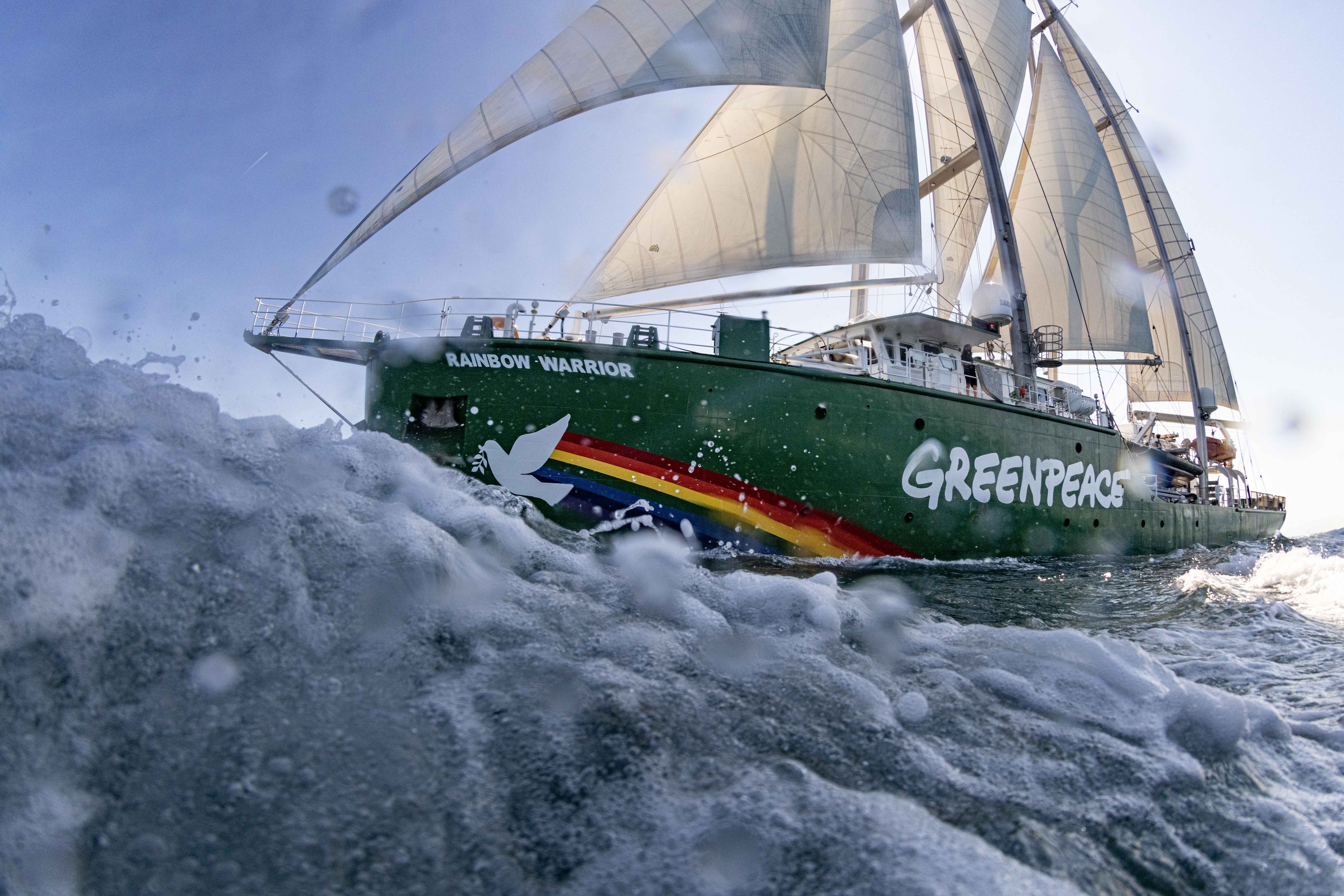
From Tragedy to Triumph: The unbreakable spirit of Greenpeace’s Rainbow Warrior
Thirty-eight years ago, a shocking act of violence shook the world and captured global attention: the bombing of the iconic Greenpeace ship, Rainbow Warrior.
-
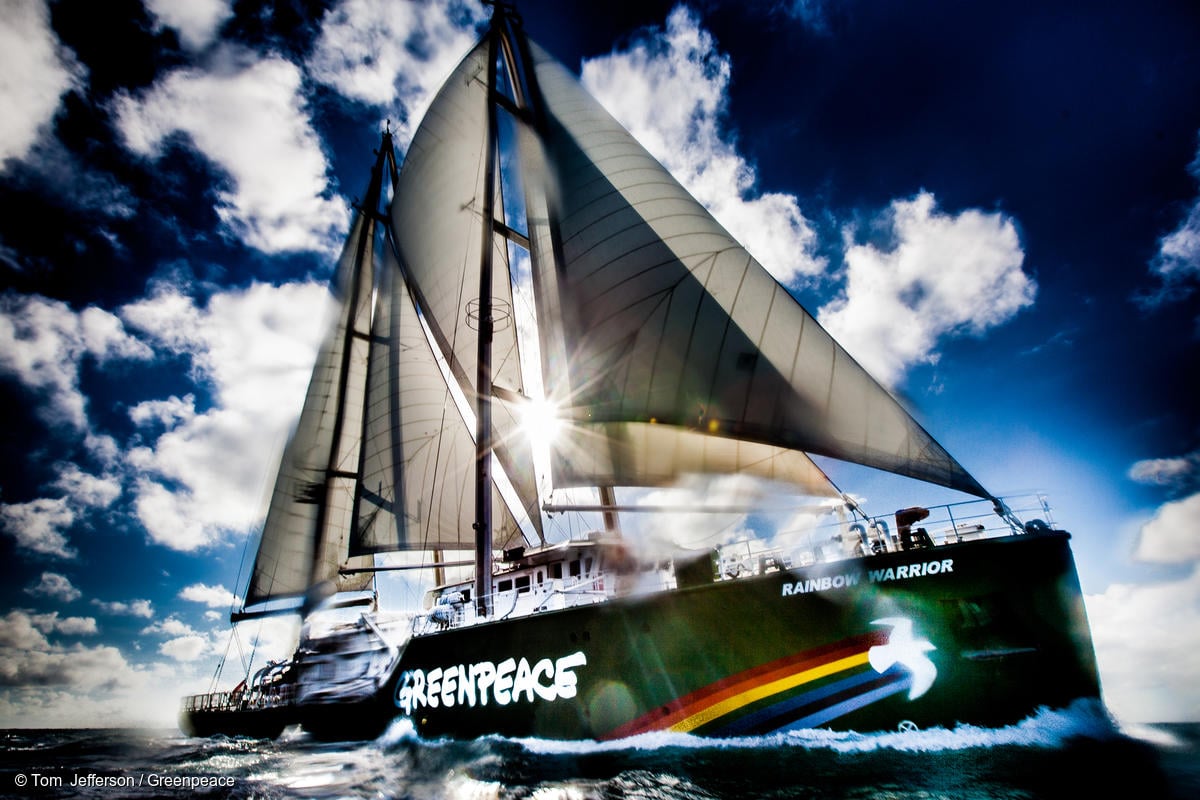
Take a free tour of the Rainbow Warrior: a symbol of resistance and hope in action
The Greenpeace flagship, Rainbow Warrior, is in Auckland on a rare visit to Aotearoa New Zealand. Come on board, experience this iconic ship first hand and meet the crew!
-
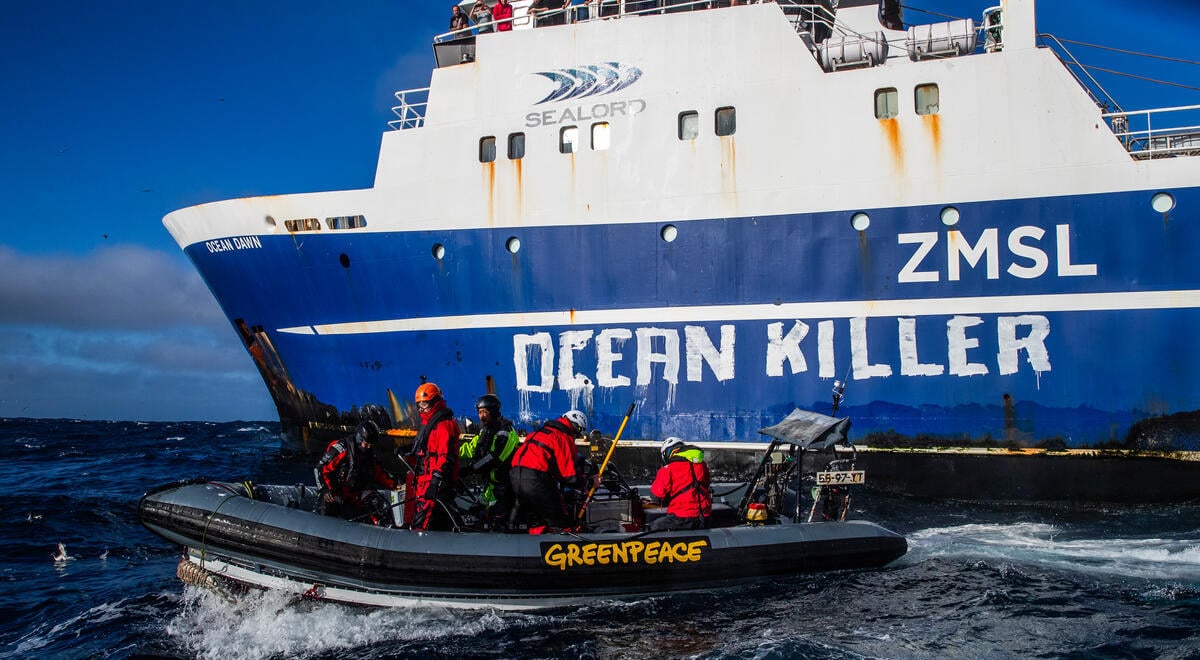
Greenpeace activists confront second “ocean killer” at sea, as vessels turn off AIS
For a second time, Greenpeace Aotearoa activists have confronted a bottom trawler off the East Coast, rebranding it an “ocean killer” in protest at its destructive fishing activities.
-
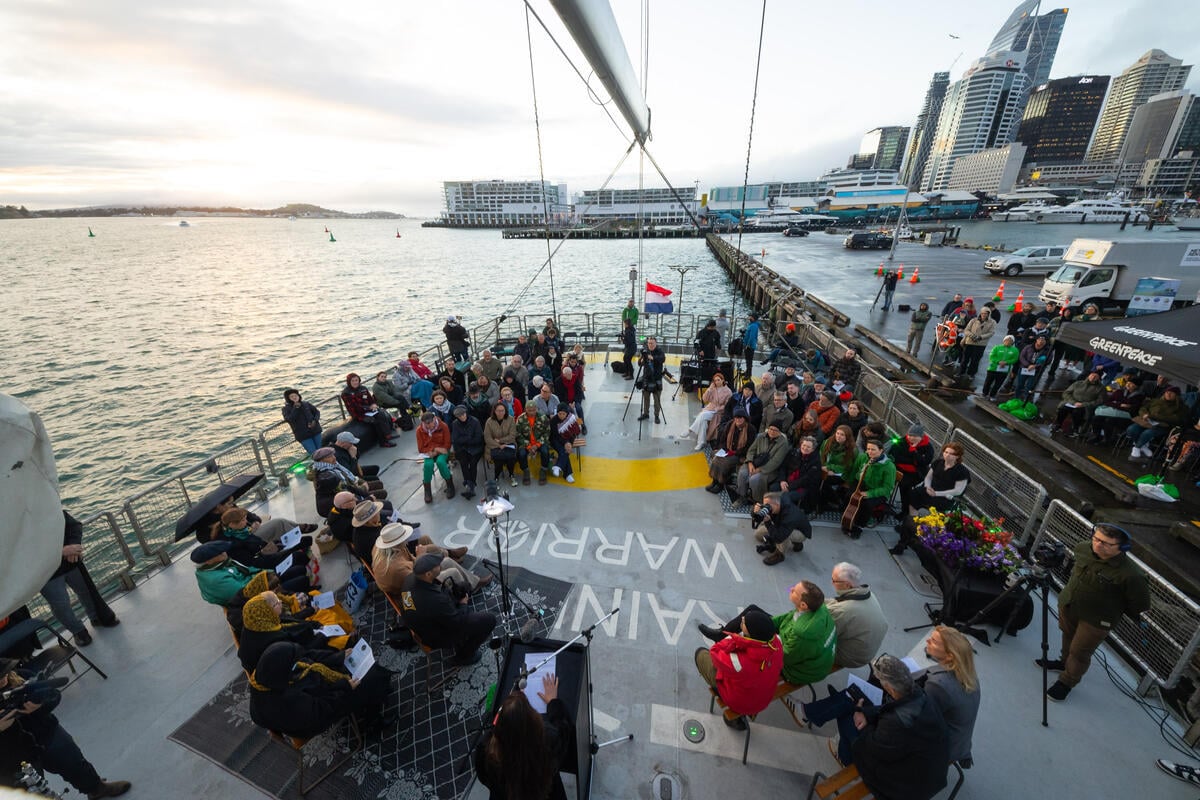
Greenpeace holds dawn commemoration of 40 years since Rainbow Warrior bombing, death of photographer Fernando Pereira
Greenpeace held a dawn ceremony to commemorate the 40th anniversary of the Rainbow Warrior bombing and the death of Fernando Pereira.
-
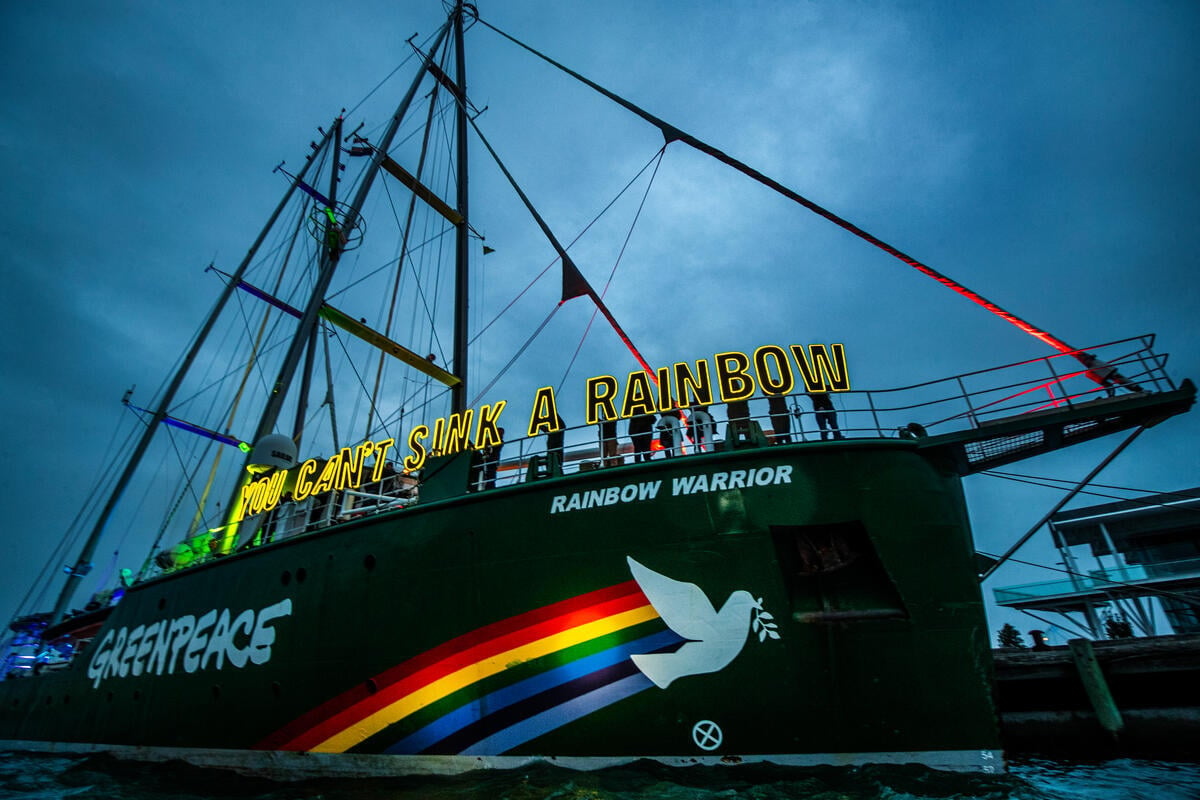
You can’t sink a rainbow and you can’t silence hope
40 years since the bombing of the Rainbow Warrior.
About the Rainbow Warrior

The Rainbow Warrior is an undisputed icon. Synonymous with breaking boundaries and fearless campaigning, Greenpeace has sailed with the name Rainbow Warrior since 1978. Our current sailing ship has been patrolling the world’s oceans since 2011.
The Rainbow Warrior was named after a North American Cree Indian prophecy: “When the world is sick and dying, the people will rise up like Warriors of the Rainbow.”
On its bow, she proudly carried a dove of peace and an olive branch, never leaving any doubt about her non-violent mission. All around her hull, there were the striking colours of the rainbow.
About the bombing
On July 10th 1985, forty years ago, a shocking act of violence shook the world and captured global attention: the bombing of the iconic Greenpeace ship, Rainbow Warrior. In response to a peaceful protest, a foreign government resorted to deadly force. It was an attempt to silence and undermine the people-powered movement successfully protesting nuclear testing in the Pacific.
Despite this, the campaign eventually suceeded, and peaceful protest has prevailed in the decades since. As we sail into the future, let us remember the unbreakable spirit of the Rainbow Warrior and continue the pursuit of a better world for all.
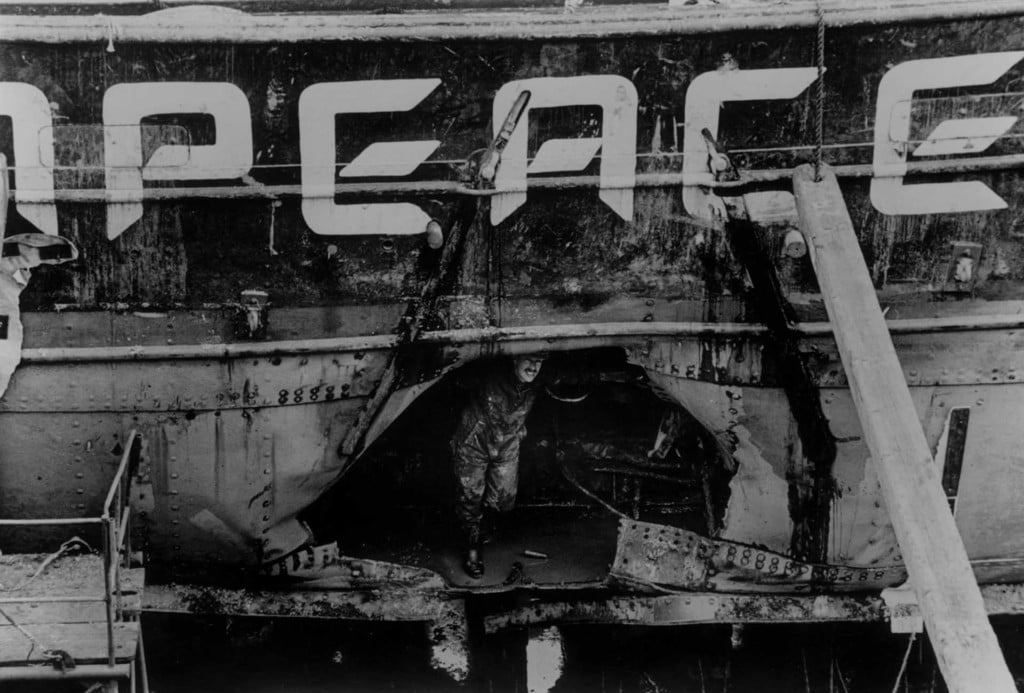
The boat and the bomb
On the night of 10 July 1985, the blasts of two bombs placed by French secret agents sank the Greenpeace ship protesting against nuclear testing in the Pacific and took the life of onboard photographer Fernando Pereira.
This film captures the events leading up to the explosions, as well as the aftermath of what was deemed internationally to be a state-sponsored criminal act of sabotage. As details of the plot – implicating the highest level of the French government – were revealed, waves of outrage rippled across the globe. It fueled the debate about nuclear weapons testing, which eventually culminated in the Comprehensive Test Ban Treaty in 1996.
A return to Rongelap
At the invitation of the Marshallese community and government, the Rainbow Warrior has just visited the Pacific nation to celebrate 40 years since 1985’s Operation Exodus, and stand in support of their ongoing fight for nuclear justice, climate action, and self-determination. The Rainbow Warrior returned to the Marshall Islands for a six-week mission around the Pacific nation to elevate calls for nuclear and climate justice; and support independent scientific research into the impacts of decades-long nuclear weapons testing by the US government.
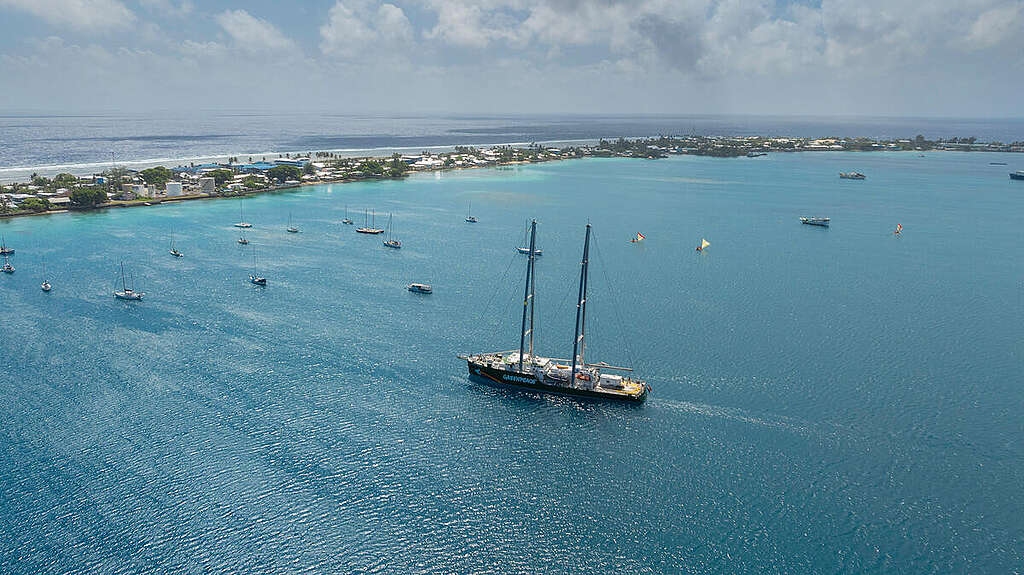
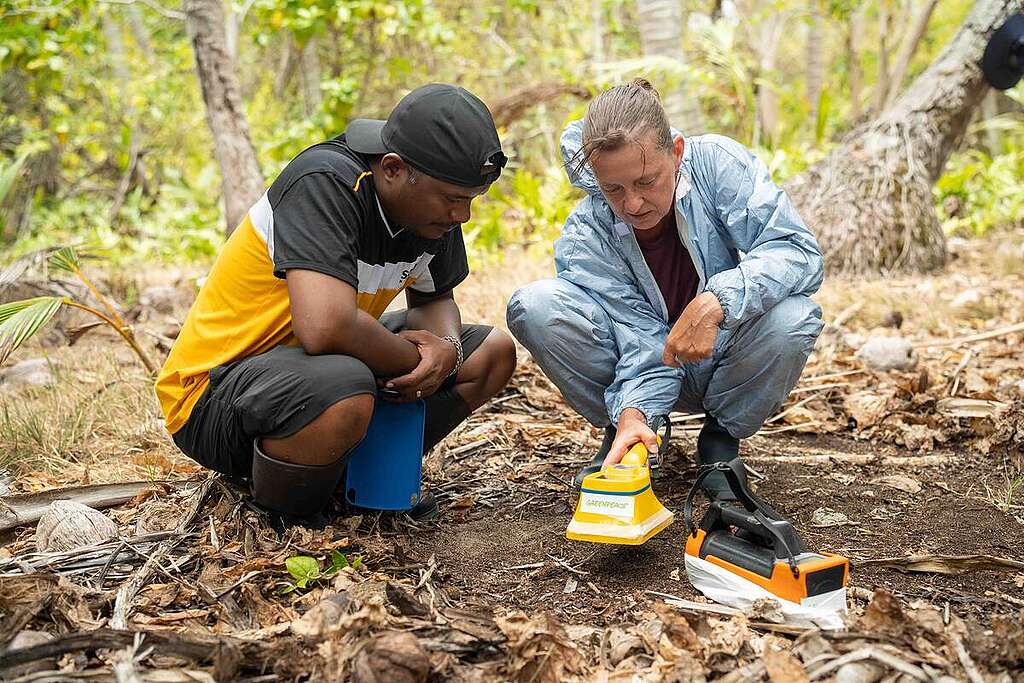
Alongside the government of the Marshall Islands, Greenpeace led an independent scientific mission into the ongoing impacts of the US weapons testing program. Travelling across the country, Greenpeace will reaffirm its solidarity with the Marshallese people — now facing further harm and displacement from the climate crisis, and the emerging threat of deep sea mining in the Pacific.
This journey brought together science, storytelling, and activism to support the Marshallese movement for justice and recognition. Independent radiation experts and Greenpeace scientists will conduct crucial research across the atolls, providing much-needed data on remaining nuclear contamination. For decades, research on radiation levels has been controlled by the same government that conducted the nuclear tests, leaving many unanswered questions. This independent study will help support the Marshallese people in their ongoing legal battles for recognition, reparations, and justice.
Explore the Rainbow Warrior
Watch: Guided tour of the Rainbow Warrior
Join us for a guided ‘virtual tour’ around the Rainbow Warrior in Auckland Harbour that took place on the afternoon of 10 July 2025 – the 40th anniversary of the bombing of the original flagship.
On this anniversary day we explored the ship and talked to key people about the current campaign to protect the world’s oceans.
Watch: the commemoration
Livestream from 10 July 2025: Dawn Ceremony on the Rainbow Warrior
Watch the commemoration of the 40th anniversary of the Rainbow Warrior bombing, held on the morning of 10 July 2025.
We remember Fernando and many others who can’t be here with us today. People who have given their energy, their creativity, and their time to defend nature and peace.
And we celebrate the strength of our movement, which in 1985 showed that you can’t sink a rainbow, and continues forty years on with resilience and persistence to work towards a green and peaceful world.
Explore the Rainbow Warrior virtually
Other Greenpeace ships
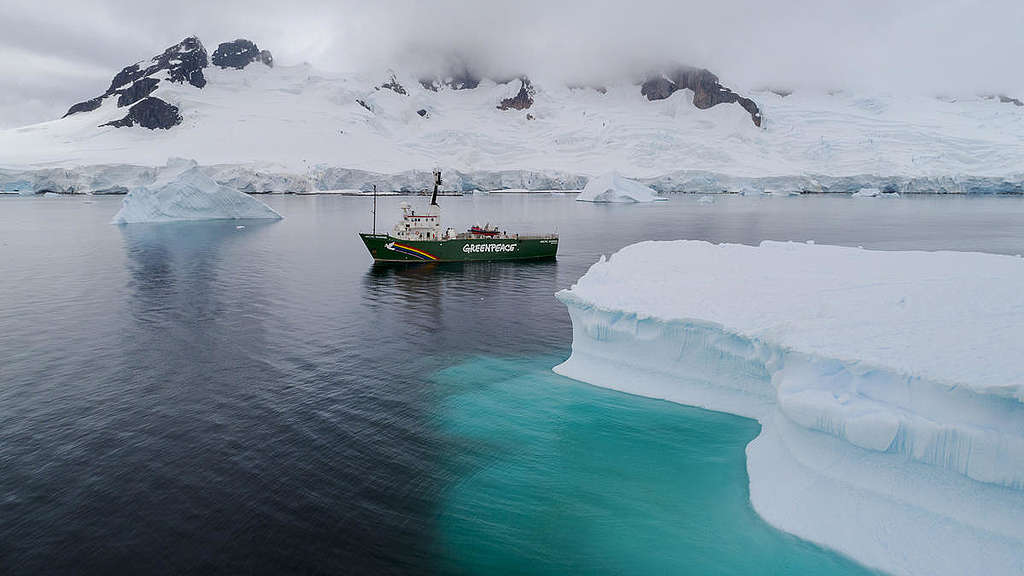
Alongside the Rainbow Warrior, the Greenpeace fleet includes the ice-breaking Arctic Sunrise, the sailing yacht Witness and the Australian-based sailing boat The Oceania. Each ship plays a crucial role in environmental protection.
From obstructing nuclear tests in the Pacific, to documenting plastics in our oceans; from researching climate change in the Arctic, to stopping illegal timber leaving the Amazon – our ships are, and always have been, a fundamental part of Greenpeace worldwide.
